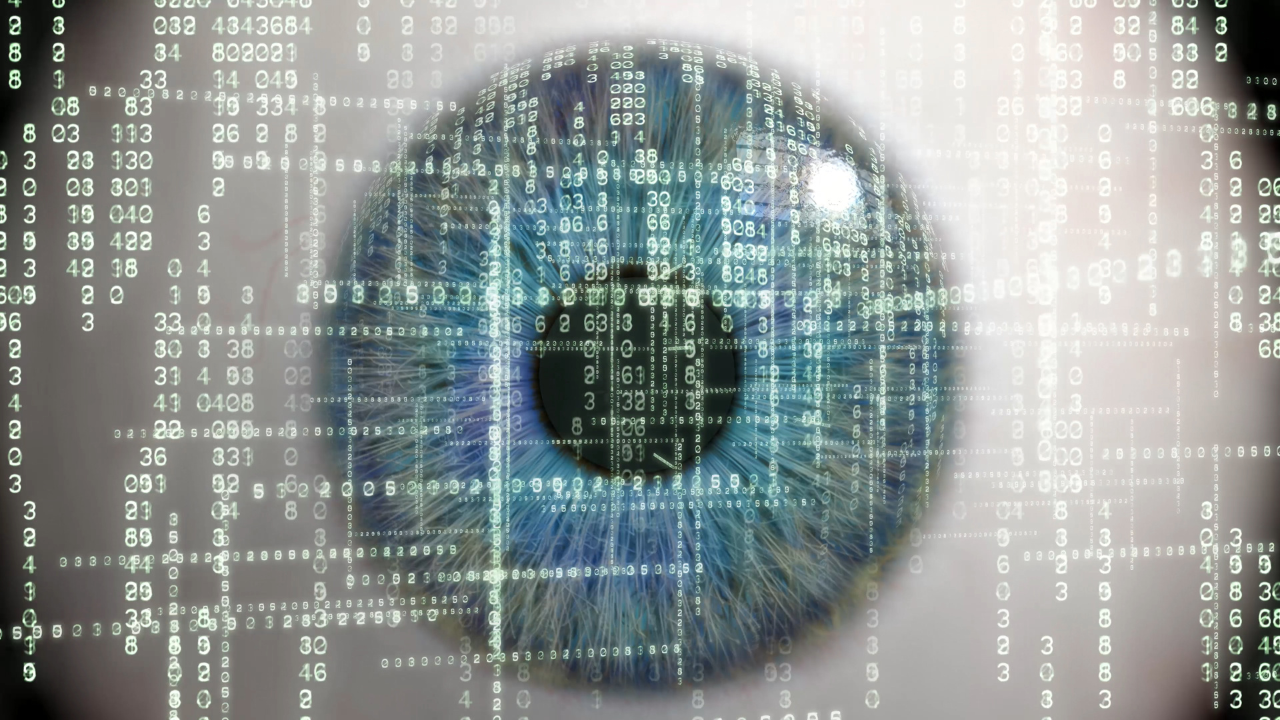



Cybersecurity in Space Technology: Protecting the Final Frontier
As space becomes a critical domain for communication, navigation, weather forecasting, and even warfare, the cybersecurity of space systems is now as important as physical protection. Satellites, ground stations, and space missions all face new cyber threats — from signal spoofing and jamming to ransomware on satellite control systems. This topic explores the unique security challenges in space technology and strategies to defend against them.
Strategic assets: Satellites support GPS, military surveillance, internet, disaster response.
High-impact disruptions: One breach can affect entire continents.
Lack of physical access: Makes updates and patches much harder than for terrestrial systems.
Long lifespans: Some satellites are in orbit for decades with outdated hardware/software.
Signal jamming and spoofing: Overpowering or faking satellite signals (e.g., GPS spoofing for ships and aircraft).
Ground station breaches: Hackers gaining access to control uplinks.
Malware in onboard systems: Especially via compromised supply chains or ground station vulnerabilities.
Denial-of-service (DoS) attacks: Against ground control infrastructure or satellite constellations.
Satellite hijacking: Unauthorized control of satellite functions — communications, orientation, or payload.
Viasat Attack (2022): Russian actors disabled satellite modems across Europe during the Ukraine invasion.
NASA intrusions: Multiple successful cyberattacks on NASA networks via compromised credentials and insider threats.
China & U.S. military satellites: Ongoing cybersecurity tensions, with efforts to test space-based jamming and cyber interference capabilities.
End-to-end encryption of satellite communications.
Segmented networks between ground stations, spacecraft, and mission control.
Intrusion detection systems (IDS) for space assets.
Tamper-proof hardware and radiation-hardened chips.
Redundancy & fail-safe protocols: In case of successful breaches.
Satellites: Communication, navigation, Earth observation
Ground stations: Control centers and uplink/downlink facilities
Launch systems: Rockets and launch pads — vulnerable during pre-launch and telemetry phases
Inter-satellite communications: Especially in mega-constellations (e.g., Starlink, OneWeb)
U.S. Space Force / NASA Cybersecurity Directives
ESA (European Space Agency) cybersecurity framework
UN COPUOS working groups on space security and governance
Lack of global consensus: Few binding international cyber norms for space operations
Legacy systems in orbit
Limited updatability of hardware
Highly specialized, small supply chain
Attribution: It’s hard to prove who attacked a satellite
AI-driven threat detection on satellites
Quantum encryption in space (China’s Micius satellite)
Decentralized satellite networks (e.g., blockchain-based access control)
Space cyber wargames (already happening at military exercises)
NASA Cybersecurity Framework
US Space Policy Directive 5 (focuses on cybersecurity for space systems)
ESA Cybersecurity Guidelines for Space Missions
DEF CON Aerospace Village – Space security talks
MITRE’s Cyber Threat Framework for space systems
Simulate a GPS spoofing attack and how to detect/prevent it
Research paper: “How to Secure CubeSats: PQC and AI-Based IDS”
Presentation: “From Viasat to Starlink — Real Attacks on Space Systems”
#trending #latest

The Link Between Learning Problems and Student Motivation... Read More.

How Learning Preferences Change with Age... Read More.
 Fake posts hit Czech PM Fiala's X
Fake posts hit Czech PM Fiala's X
Fake posts disrupt Czech PM Fiala's X account security
 Switzerland Tightens Export Rules
Switzerland Tightens Export Rules
Switzerland expands export controls on dual-use goods
 Google unveils Ironwood AI chip
Google unveils Ironwood AI chip
Google introduces Ironwood chip to accelerate AI tasks & apps
 TSMC Q1 revenue up 42%
TSMC Q1 revenue up 42%
TSMC sees 42% revenue surge in Q1, surpassing forecasts
 Google unveils Ironwood AI chip
Google unveils Ironwood AI chip
Google's Ironwood chip boosts AI processing and app speed
 Amazon CEO Outlines AI Vision
Amazon CEO Outlines AI Vision
Amazon CEO reveals AI investment plans in new letter
 Osaka Hosts World Expo 2025
Osaka Hosts World Expo 2025
Japan blends tech and culture at Osaka Expo 2025 launch
© MyEduGoal. All Rights Reserved. Design by markaziasolutions.com